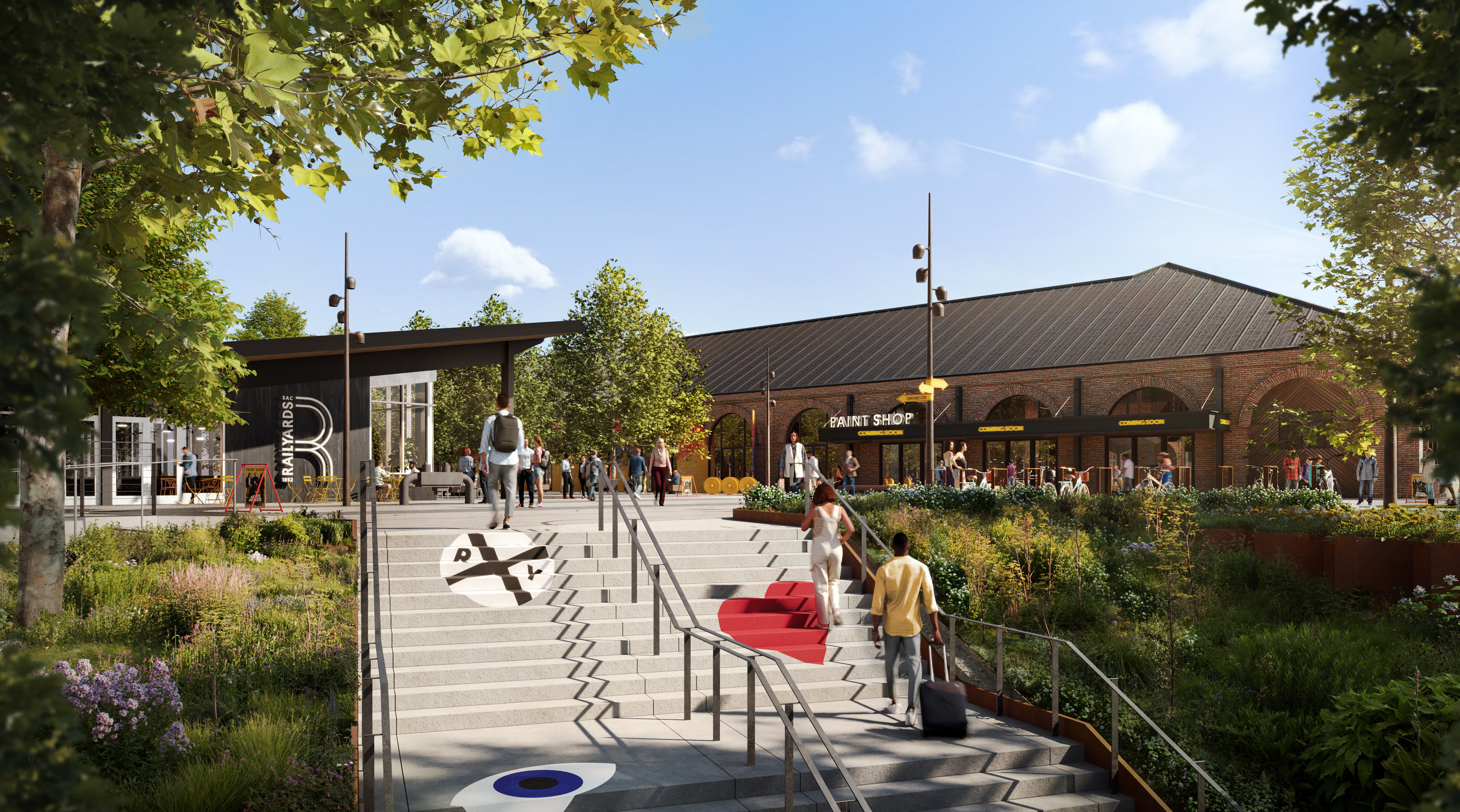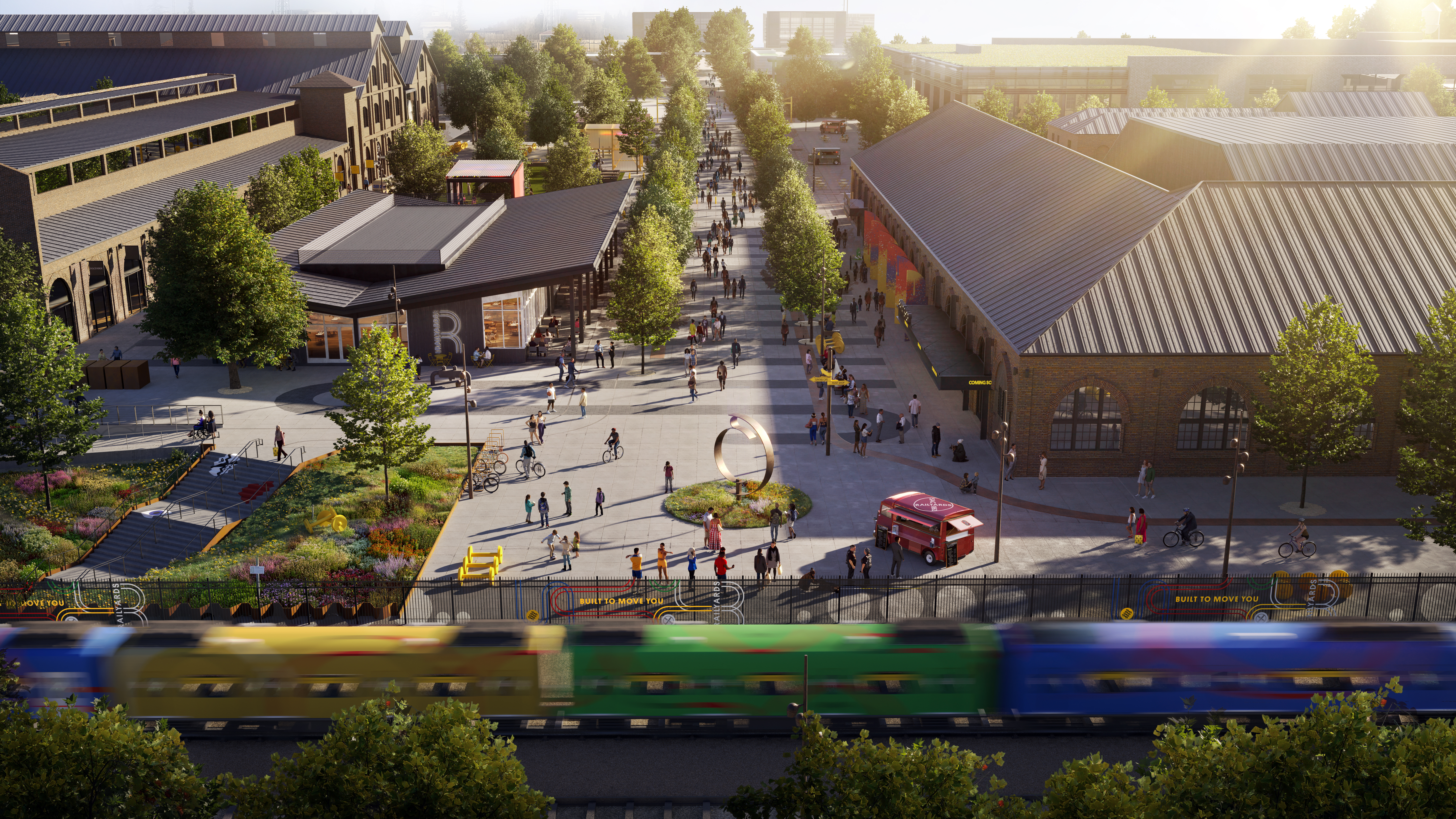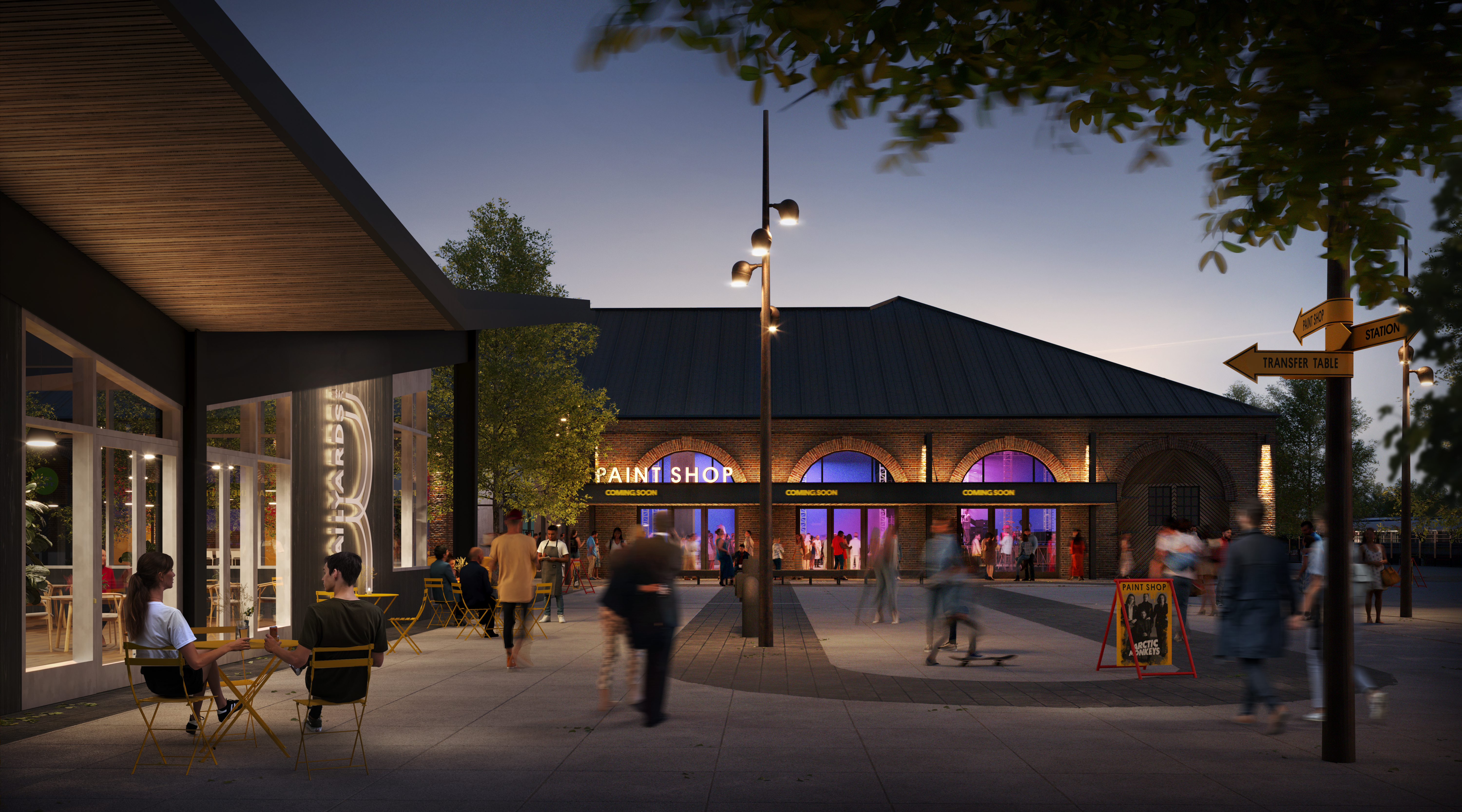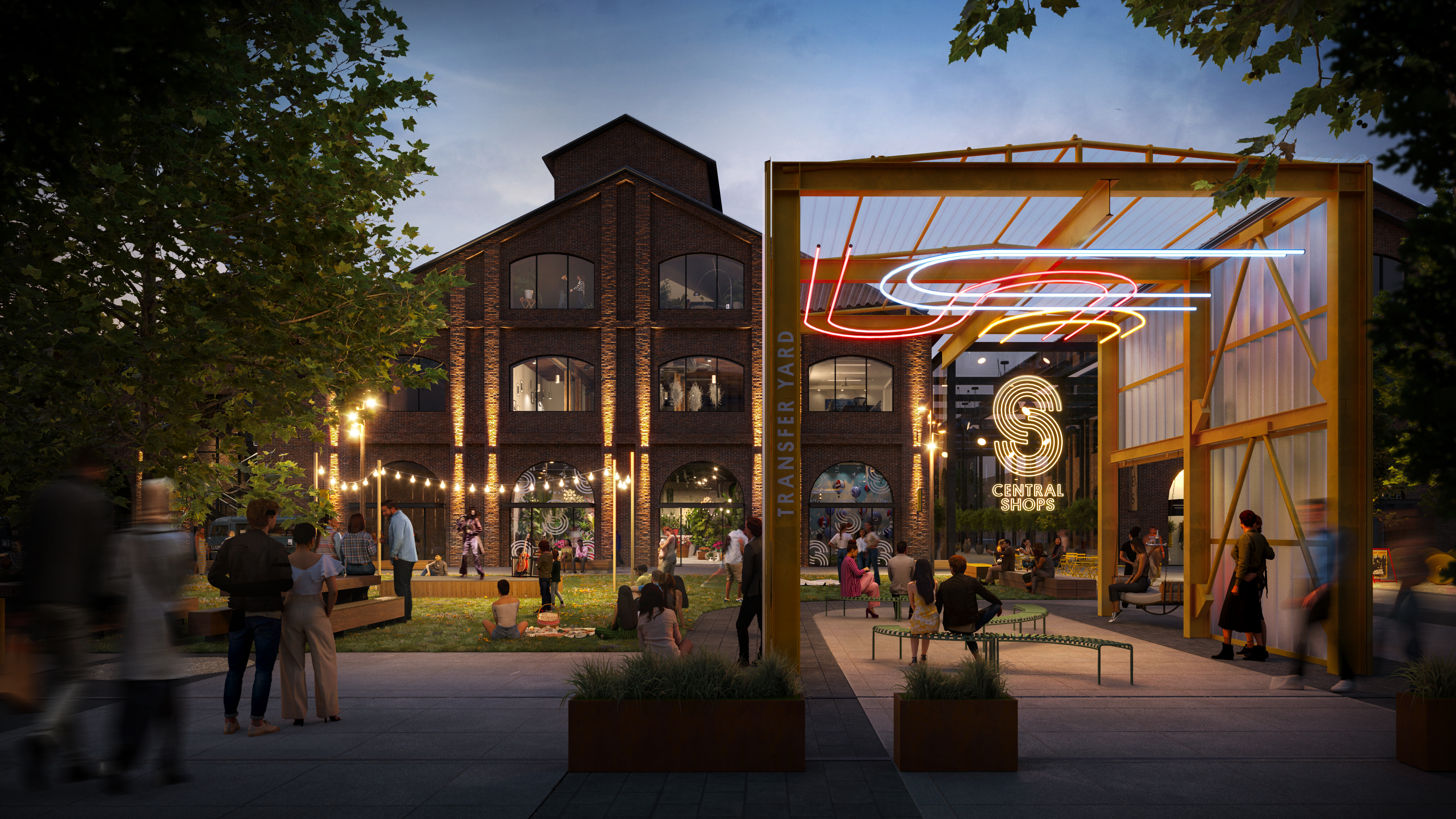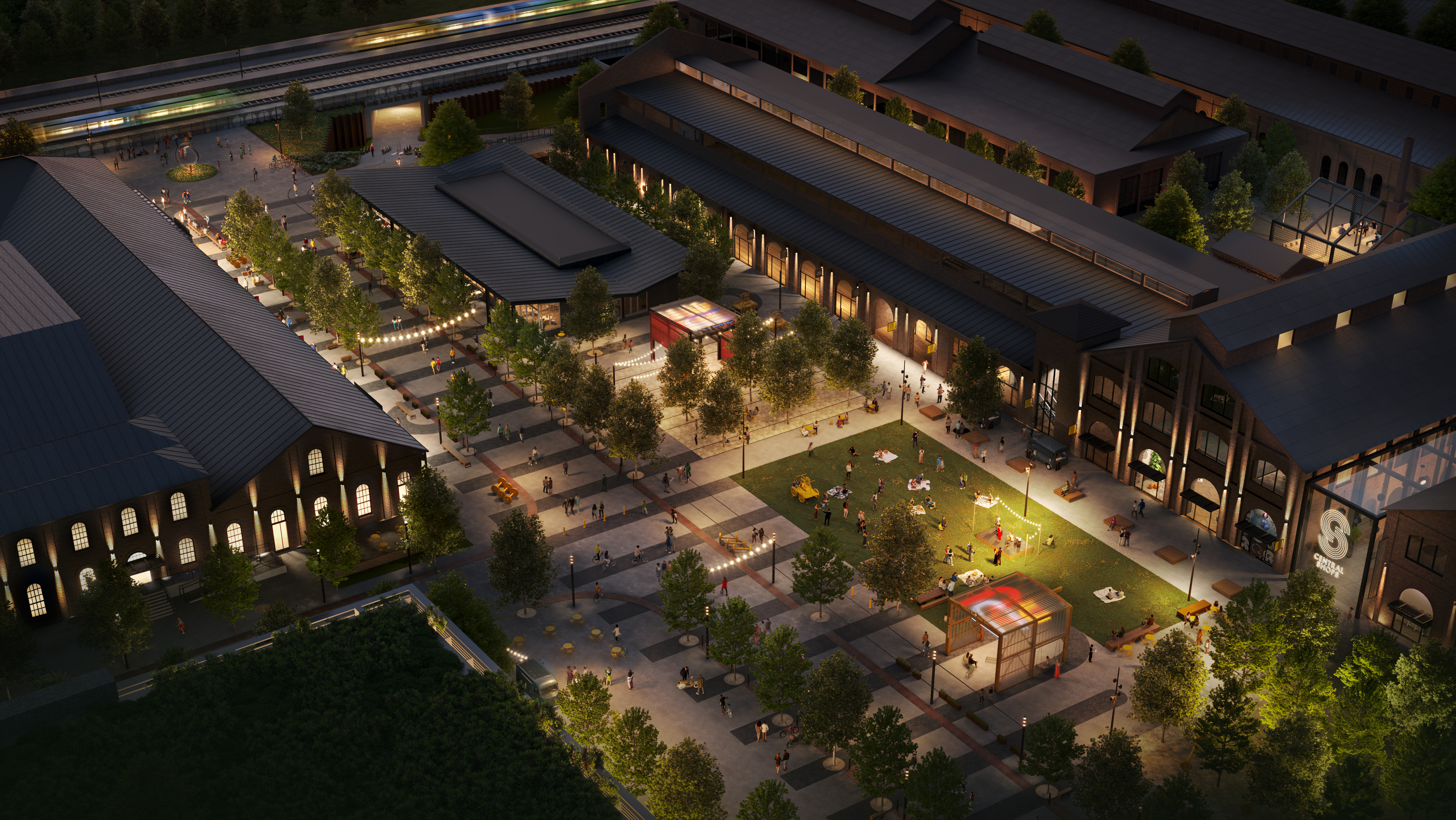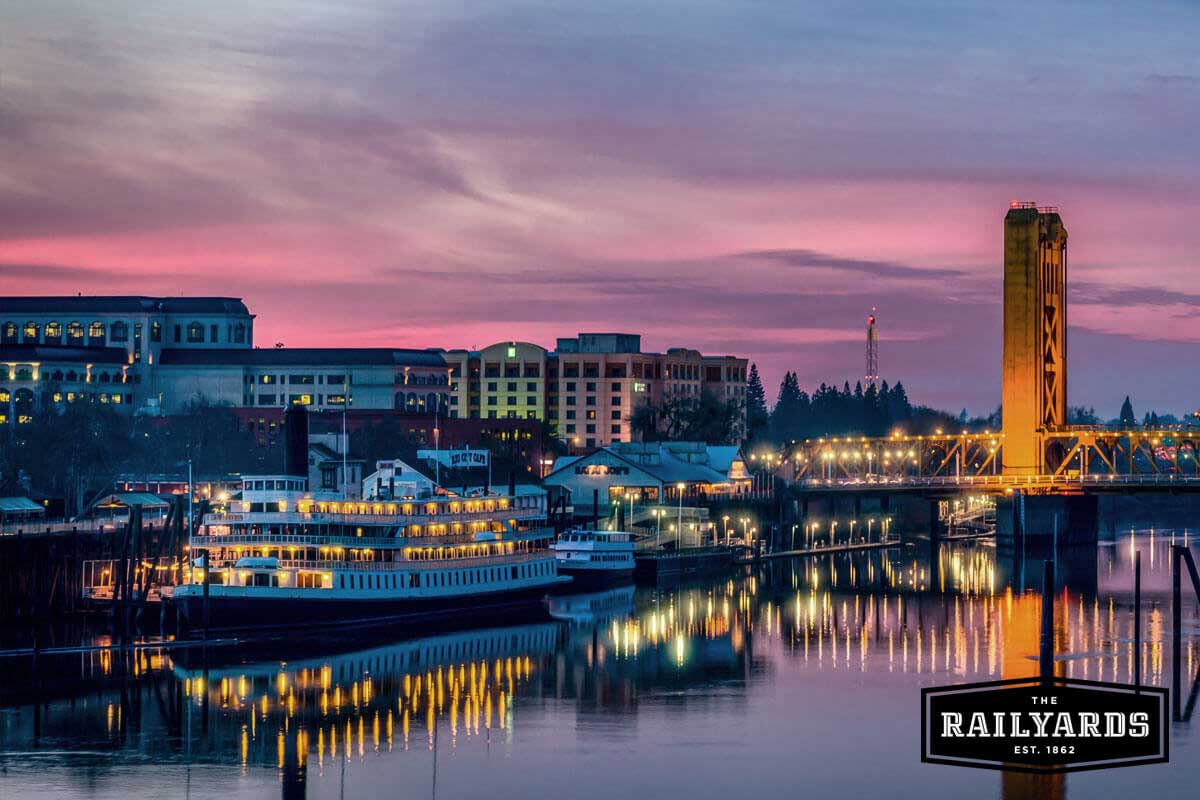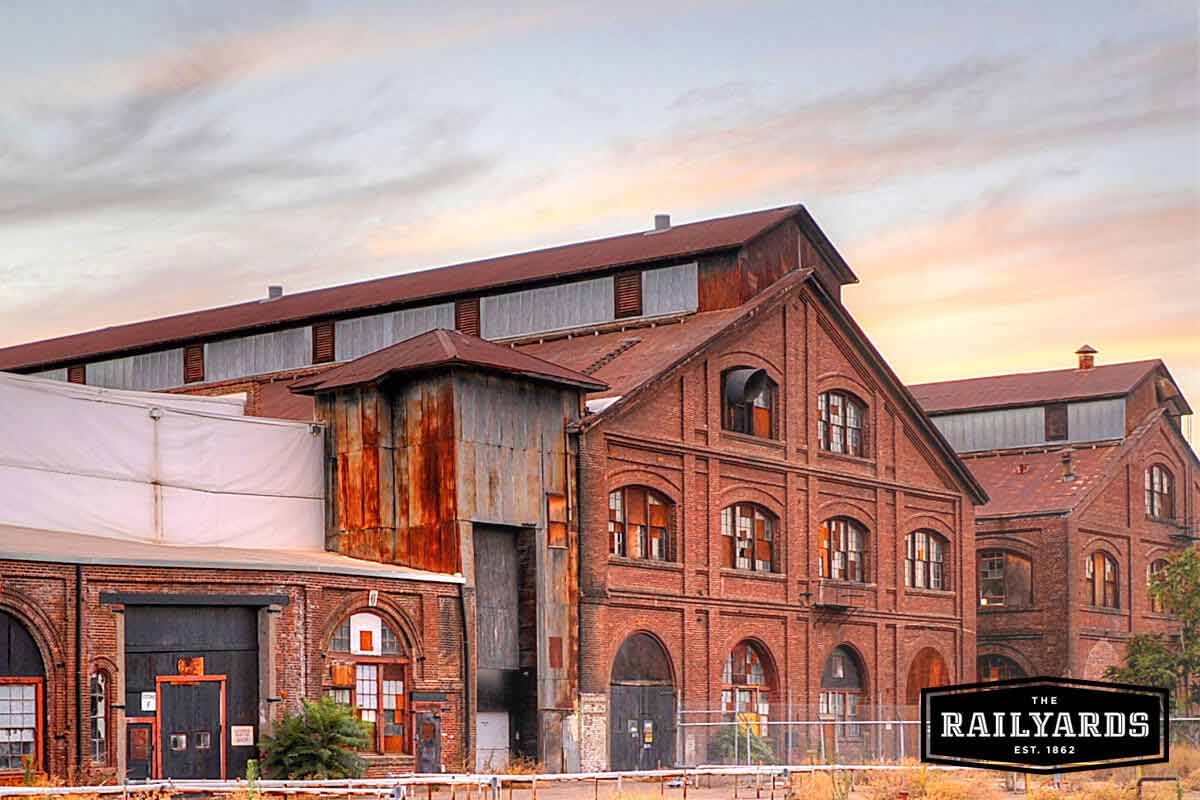
December 14, 2018 / Author: the Railyards
Sacramento is breathing new life into historic landmarks and showing just how adaptive reuse can honor our history and meet the needs of tomorrow.
Sacramento is home to some of the most stunning examples of historic properties in California. Throughout its nearly 170-year history, many of these buildings, landmarks, and historic districts have seen the city rise from its beginnings as a Gold Rush hub to an epicenter of transportation and innovation then into one of the best places to live in the U.S.
Unfortunately, some of these buildings were lost to the ravages of time, weather, war, and development trends.
Others stand strong, full of memories and stories to tell.
And Sacramento is revitalizing many of these grand dames - bringing them back to life with a new purpose to meet the needs of today and to carry us into tomorrow.
Discover some of the historic buildings that Sacramento has already restored and repurposed, and a few of the exciting adaptive reuse projects that are underway.
Railyards Central Shops
Established in 1862, the Central Shops were the largest industrial complex west of the Rocky Mountains.
For 80 years, the Central Shops were the largest single employer in the Central Valley, employing one in every four Sacramento workers.
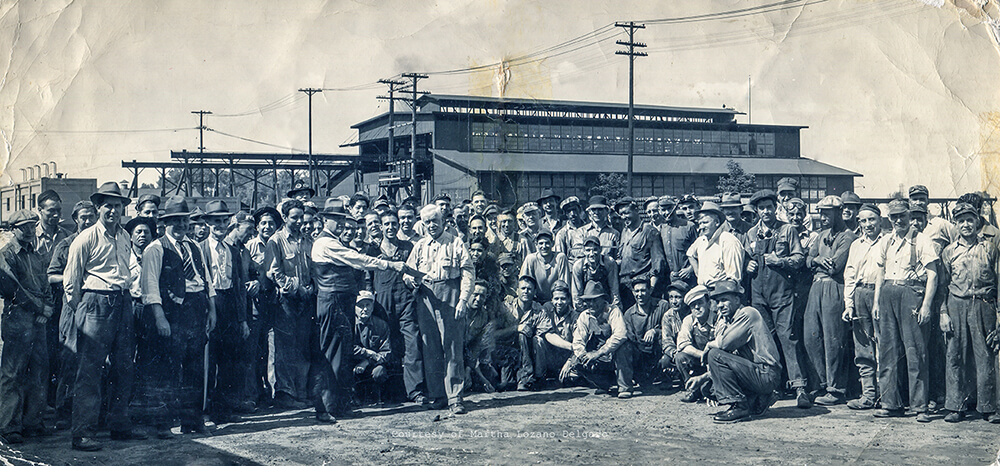
Photo courtesy of Martha Lozano Delgado.
Today, only a handful of the Central Shop buildings remain.
These historic buildings have a storied past, but an even brighter future lies ahead.
Downtown Railyard Ventures, the development team transforming the 244-acre Railyards area into a thriving, mixed-use urban community, has an inspiring vision to bring the shops back to life.
To preserves the original Central Shop buildings and allow for adaptive reuse, the Railyards has turned to BCV Architects, the design team responsible for the complete revitalization of San Francisco’s Ferry Building, another piece of rich California history.
The Central Shops will soon be the location for community-enriching shops, restaurants, museums, and entertainment venues, highlighting the “new growth from old roots” mentality that characterizes Sacramento’s culture and spirit.
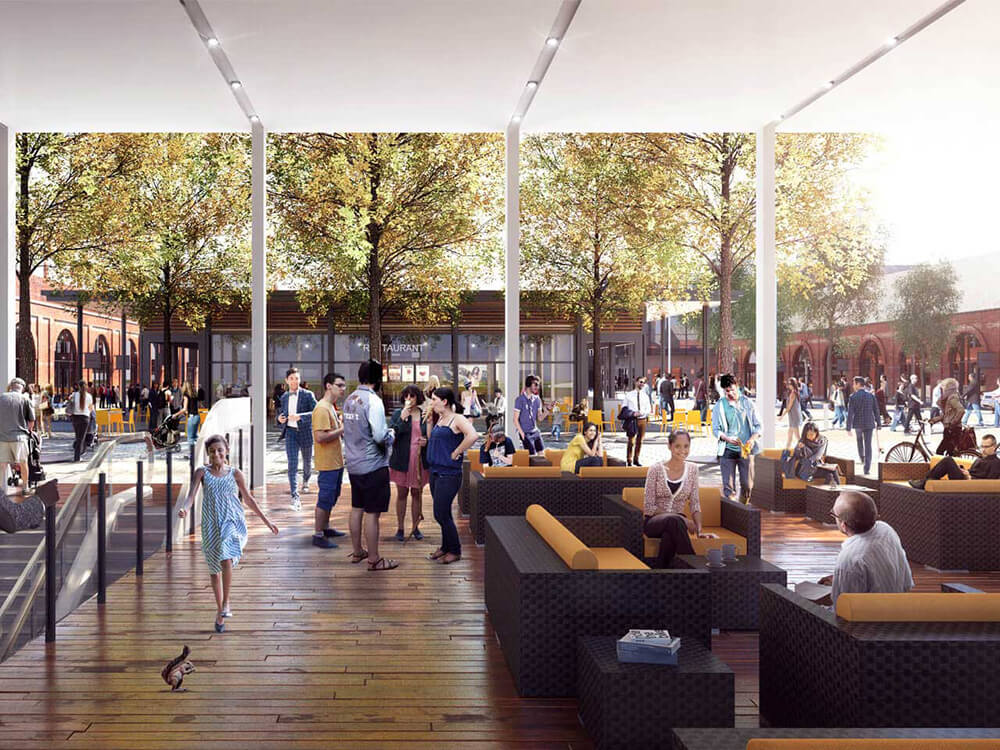
Crocker Art Museum
In 1868, Judge Edwin B. Crocker and his wife, Margaret Crocker, purchased land and existing buildings on the corner of O and 3rd Streets. The home was renovated into a grand mansion and an elaborate adjacent gallery to house the family’s growing art collection.

The home and gallery were completed in 1872. In 1885, Margaret Crocker loaned her art gallery to the California Museum Association (CMA) for a temporary exhibit. She later deeded both house and gallery to the City of Sacramento on the condition the CMA occupy the premises.
A 1989 renovation restored the historic facade and created a modern interior gallery for this historic California Landmark.
In 2010, the Crocker Art Museum unveiled a 10-year, 125,000 square-foot, $100M expansion that tripled the Museum’s size.
Today, the Crocker Art Museum features the world’s foremost collection of California art and is renowned for its holdings of European master drawings and international ceramics.
Over 300,000 visitors come to the Crocker Art Museum every year to enjoy a diverse display of exhibitions, events, and programs.
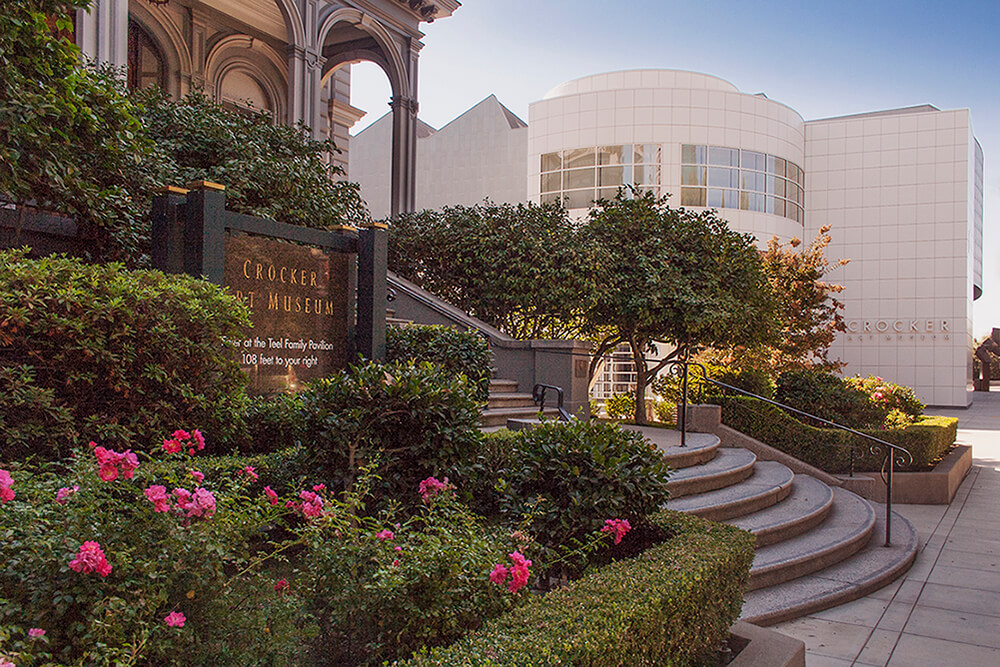
Photos courtesy of Crocker Art Museum.
Powerhouse Science Center
The PG&E Powerhouse is a formidable concrete and steel structure overlooking the Sacramento river.
Constructed in 1912, the industrial power plant was designed by Willis Polk, a notable Bay Area architect who designed the station in the Classical Revival/ Beaux-Arts style that was consistent with many public utility buildings of the era.
The facility began producing energy for the Pacific Gas and Electric Company in 1912 and, following a 1924 upgrade, became the largest steam power plant in the region. In 1990, the facility was listed on the National Register of Historic Places.
The power plant has been one of the dominant and most recognizable features of the Sacramento waterfront for over a century.
In spring 2018, ground broke on a $50M project to revitalize the historic power plant into the new Powerhouse Science Center.
Expected to open in 2020, the Powerhouse Science Center project, designed by Dreyfuss + Blackford Architecture, will stabilize the existing power station, while adding a 120-seat planetarium and two-story addition.
The new center will transform the 107-year old PG&E plant into a state-of the-art science museum with over 20,000 square-feet of exhibit space - 4x the size of the current facility on Auburn Blvd.
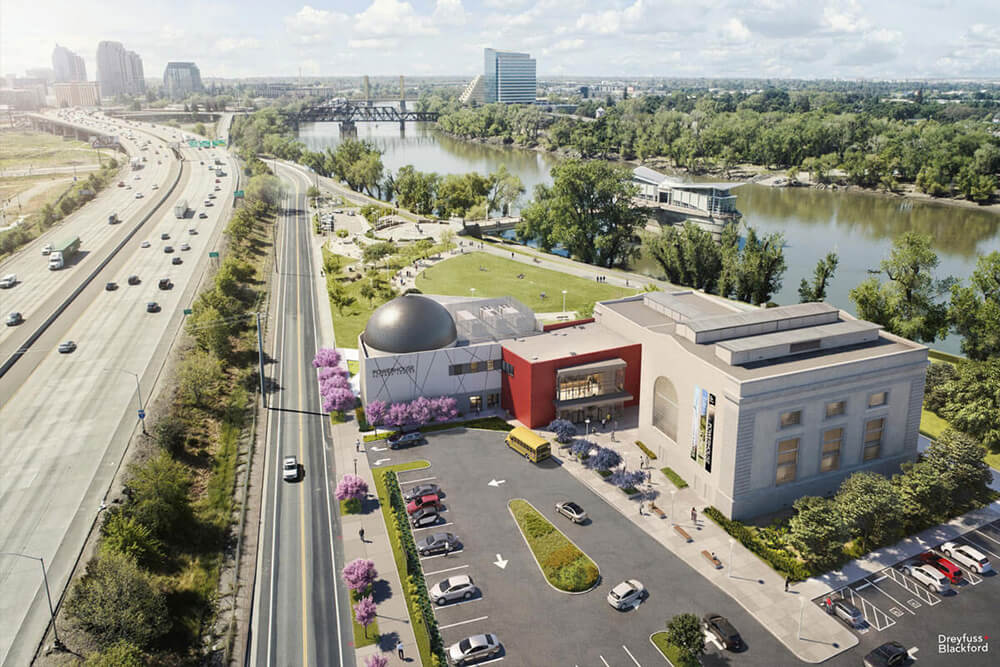
Photos courtesy of Dreyfuss + Blackford.
Delta King
It may not be a traditional building, but the Delta King is a Sacramento icon that embodies the concept of “new growth from old roots.”
In 1927, the 285-foot Delta King riverboat and her twin sister, the Delta Queen, began daily river voyages between Sacramento and San Francisco.
In their glory days, the King and Queen took passengers on a 10 ½ hour journey, full of prohibition-era gambling, drinking, jazz, and fine dining.
When the Golden Gate and Bay Bridges were constructed in 1937 and 1938, the era of the riverboats came to an end. By 1940, both boats were out of business.
During WWII, the King and Queen were drafted into the U.S. Navy and put to work.
After the war, the Delta Queen was purchased and sent to the Mississippi River. She took the steam engines from the King for spare parts. The Delta King was shuttled around from California to Canada, broken down by mishaps, neglect, and ownership disputes until she ended up partially submerged in the San Francisco Bay.
In 1984, a full renovation begun on the Delta King. It took 5 years to restore the river boat into a floating hotel, bar, theater, and banquet center.
Today, the Delta King is a historic artifact listed on the National Register of Historic Places. The intrepid river boat is now enjoying a new life as a hotel, award-winning restaurant, and event venue. The Delta King is a well-loved icon representing The Old Sacramento Waterfront.
Sacramento Valley Station
Sacramento may have been born of the Gold Rush, but it was the railroad industry that lead to its growth and expansion. Despite being the hub of the western railroad industry since its inception, Sacramento didn’t have a proper train station until 1926.
The Sacramento Valley Station has been in continuous operation since it’s opening in 1926.
The original facility – featuring 6 butterfly-canopy platforms with a coach servicing yard between the platforms and the mainline tracks south of the shops – survived the downturn of rail passenger ridership in the mid-century. Today, it’s the 7th busiest train station in the U.S.
Upon its 1926 debut, the train station was considered a “state-of-the-art” facility and celebrated as one of the greatest stations in the west.
In 2006, the City of Sacramento purchased the station with the intention of making it the anchor of a long-awaited multi-modal transportation hub.
The Sacramento Intermodal Transportation Facility is a master-planned, multi-phase project aimed at providing user-friendly connections for all types of travel: train, light rail, bus, bicycle, pedestrian, taxi and automobile.
The second phase of this project included the renovation of the historic train depot. The $33M renovation included the rehabilitation and restoration of historic features of the “classic American rail station”. New tenant lease opportunities will welcome small- and mid-size businesses to the station.
More than 1.2 million passengers pass through the Sacramento Valley Station annually, and this number is only expected to grow as the station is transformed to welcome more businesses, modes of transportation, and travelers in the future.
New Growth from Old Roots
In Sacramento, historic buildings and landmarks are getting the restoration they deserve in order to stand tall for the next century - or longer. These buildings and landmarks are being adaptively repurposed to meet the needs of residents and visitors today and tomorrow.
Which historic Sacramento transformation is your favorite?


